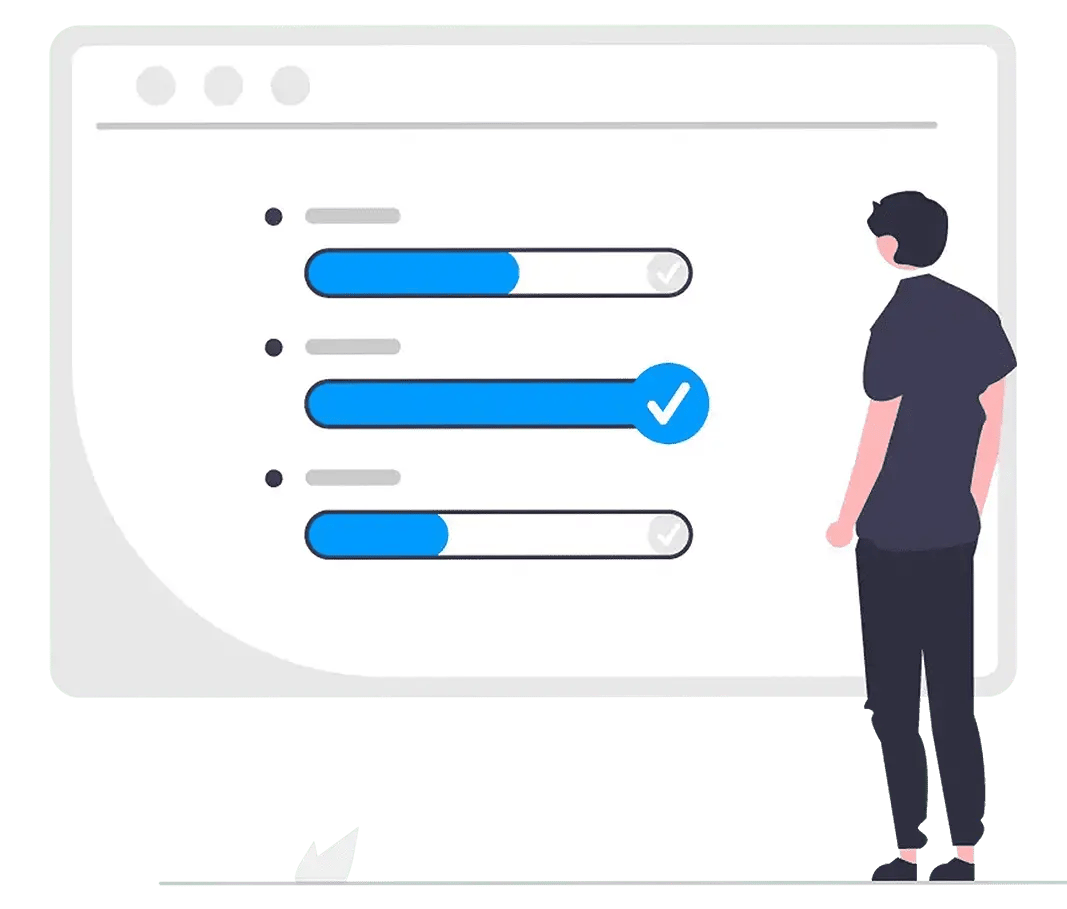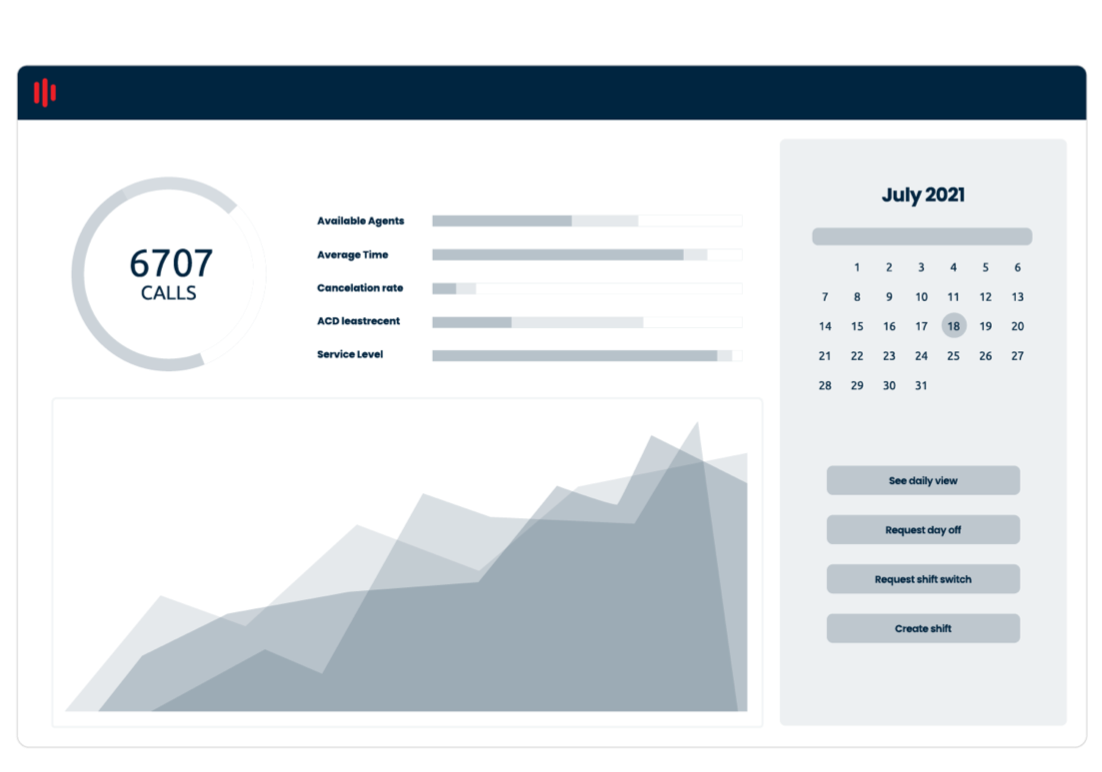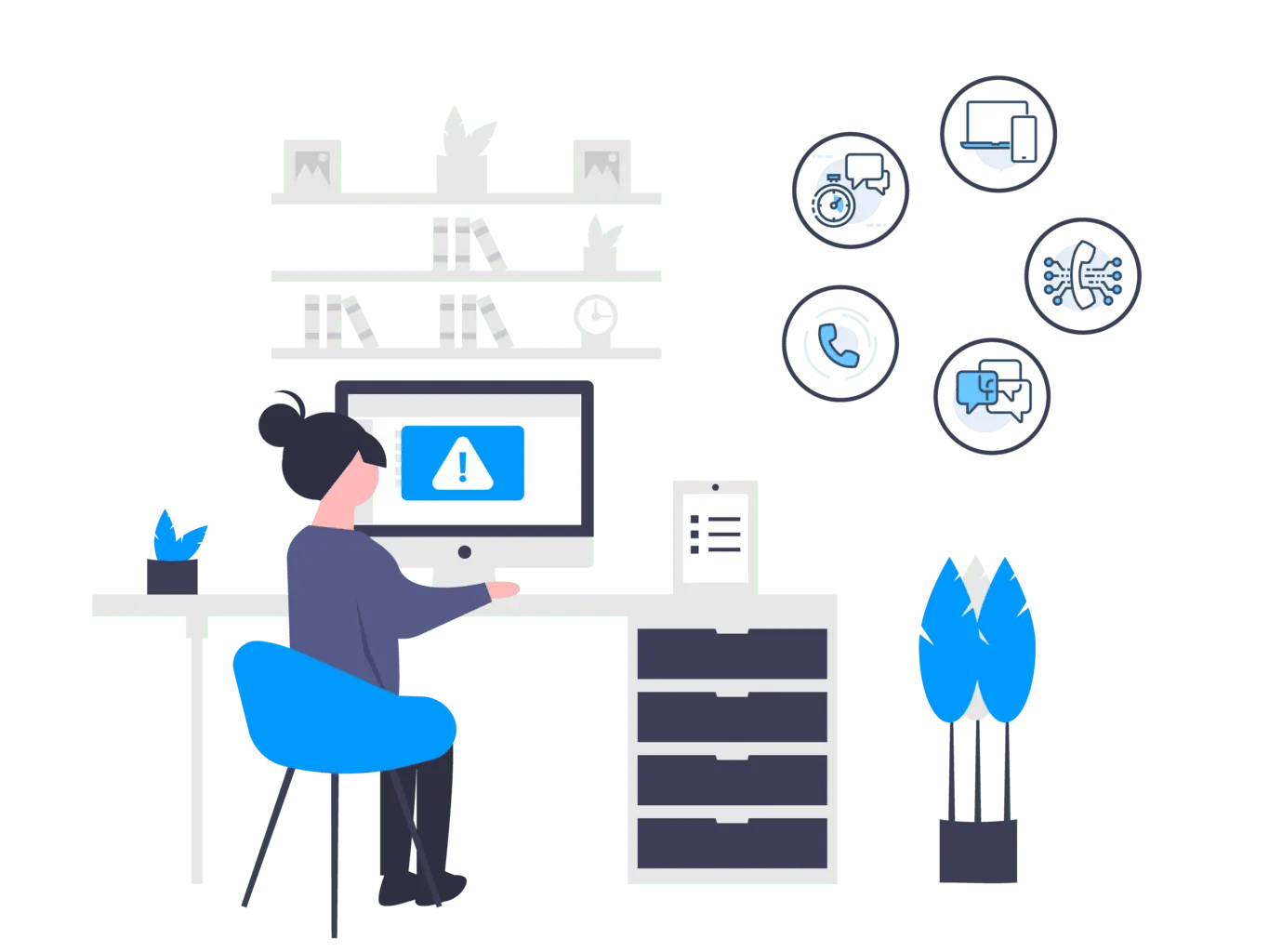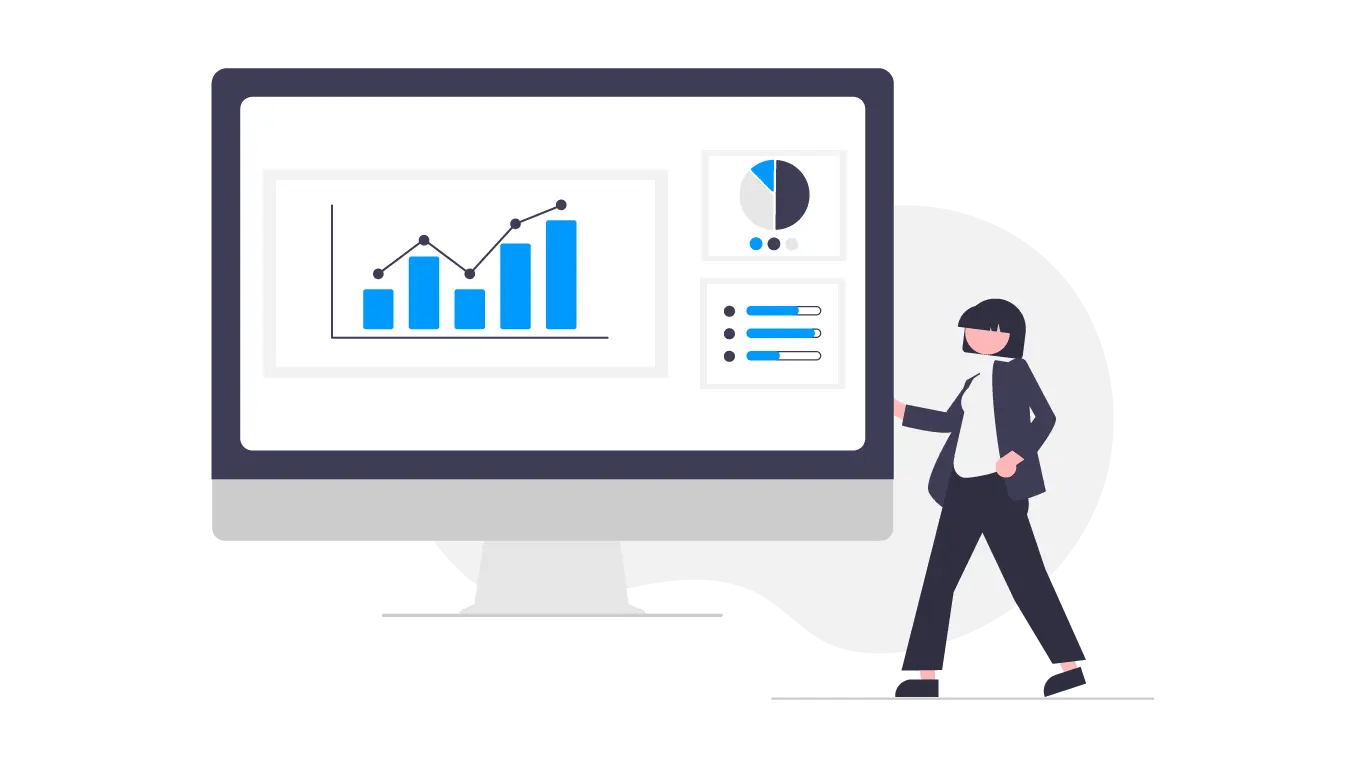Always Up-To-Date On Performance
Experience the power of real-time data. You can track performance and make quick decisions to steer your contact center toward success. Get a clear view of agent availability, call volumes, wrap-up times, and more!
Experience the power of real-time data. You can track performance and make quick decisions to steer your contact center toward success. Get a clear view of agent availability, call volumes, wrap-up times, and more!

Transform the way you make decisions. With 300+ visual and easy-to-interpret preset reports, it's easy to make data-driven decisions that drive your business forward.

Quickly identify and tackle potential issues before they arise. You’ll be notified when key metrics hit a certain threshold, so you can take immediate action to keep operations running smoothly.
Set up alerts related to:

Contact center analytics allow organizations to collect and interpret data from across the contact center to make better decisions. Analytics can generate insights into key performance metrics, agent performance, customer trends, etc. Actionable insights can transform customer experience and your call center operations.

Analytics and reporting provide plenty of data to help you make strategic decisions. Different types of analytics can provide valuable insights into different parts of your contact center. Some common types include:
Use contact center analytics to track, measure, and take action on your key performance indicators(KPIs). By doing so, you'll be able to maximize your contact center's efficiency. Traditional KPIs that you may track with contact center analytics include:
Customer satisfaction is critical to any business, and contact center analytics solutions can help you improve interactions. For example, analytics can help you to measure customer experience by identifying the reasons behind common customer pain points, such as long wait times or having to repeat their queries.
By understanding these issues, you can take corrective action to increase customer lifetime value. You may need to add more agents during peak times, automate repetitive tasks, or provide more training.

Your contact center's success depends on your agents' ability to perform effectively and provide helpful service. With contact center analytics, you can see where agents are performing well and where they need to improve. For example, analytics can help you identify agents who handle phone calls quickly and call center agents who have trouble resolving issues promptly.
These insights can signal the need for additional training, coaching or tools. With these solutions, you can improve agent performance and make them more confident in their roles.

One of the most significant advantages of contact center analytics is making real-time data-driven decisions. Analytics can help you spot patterns in customer interactions and agent performance.
For instance, analytics can signal call volume spikes during certain hours of the day, week, or month. This information allows you to optimize staffing levels or adjust call routing accordingly. These actions can result in lower costs and increased efficiency.

Contact center analytics can help your business identify more sales opportunities and increase revenue. It can help you identify patterns in customer behaviour that indicate the likelihood of making a purchase.
For example, analytics can reveal that customers frequently purchase related products when they inquire about a particular product. This can indicate a valuable sales opportunity.
You can train agents to suggest additional products during the call and increase the likelihood of cross-selling and upselling. You can consider offering promotions or discounts to incentivize the purchase further.

Real-time dashboards are necessary for today’s fast-paced contact center environments. Having up-to-date performance information allows you to make quick and smart decisions.
Real-time dashboards provide up-to-date information on key performance indicators like call volumes, wait times, handle times and more.
With current performance data at your fingertips, you can spot areas where performance is slipping and act accordingly.
When call volumes are higher than usual, for example, you can allocate additional resources to ensure customers aren't left waiting on hold too long. With real-time visibility, you can address issues before they negatively impact your operations and customer satisfaction.

When running a contact center, having accurate and comprehensive reports is essential. This will help you identify long-term trends in your performance. Reports and analytics tools can help you improve your operations and customer satisfaction.
Choose a contact center solution with built-in or customizable reports. This lets you gather data from multiple sources and uncover critical insights, patterns and trends. You can identify where your contact center is performing well and where it could benefit from improvement.
For instance, you might discover that certain types of calls take longer to resolve. Using this information, you can better decide how and when to schedule agents or where they need additional training.

Integrations are an essential part of any modern contact center. They help streamline all your tools and provide easier access to your data for informed decision-making.
Connect your contact center analytics software with existing tools, such as your CRM or helpdesk software. This will allow you to combine all data in one location and gain a comprehensive view of operations.
Integrations can help eliminate manual tasks such as data entry. This allows agents to focus on providing higher value services to customers. Integrations are also critical in helping you provide personalized service by giving you access to customer data from your other systems.
Integrations with your CRM, for instance, allow agents to view a customer's purchase history, preferences, and other relevant information during a call.
